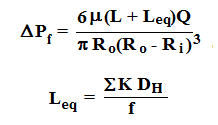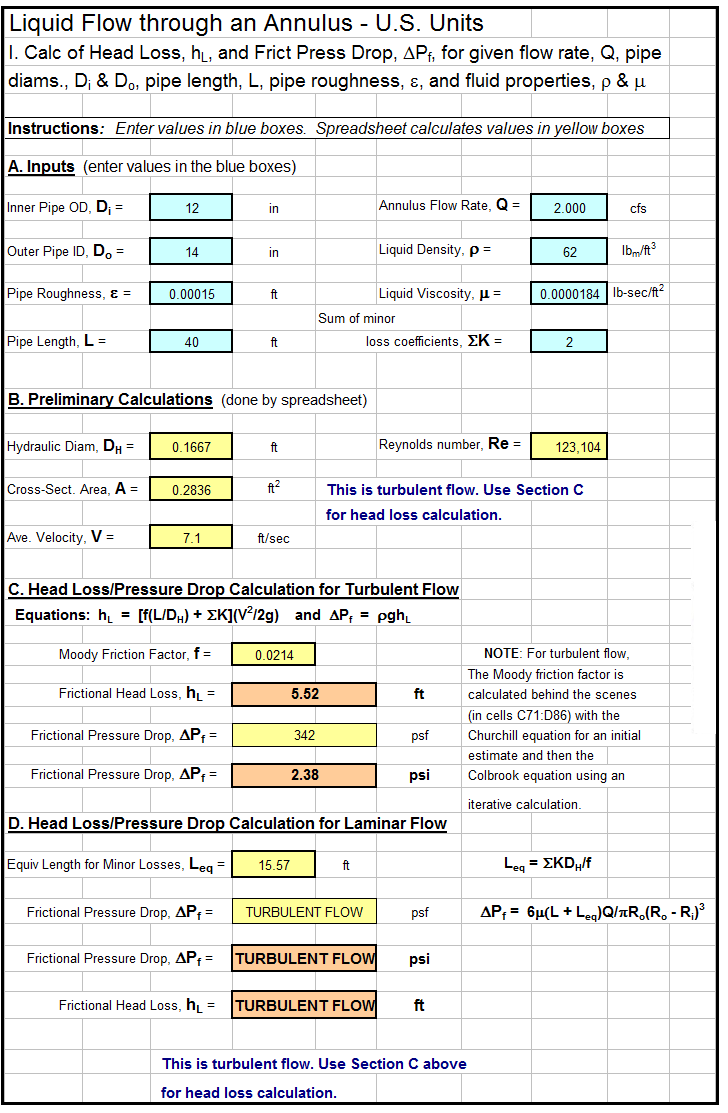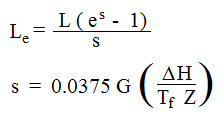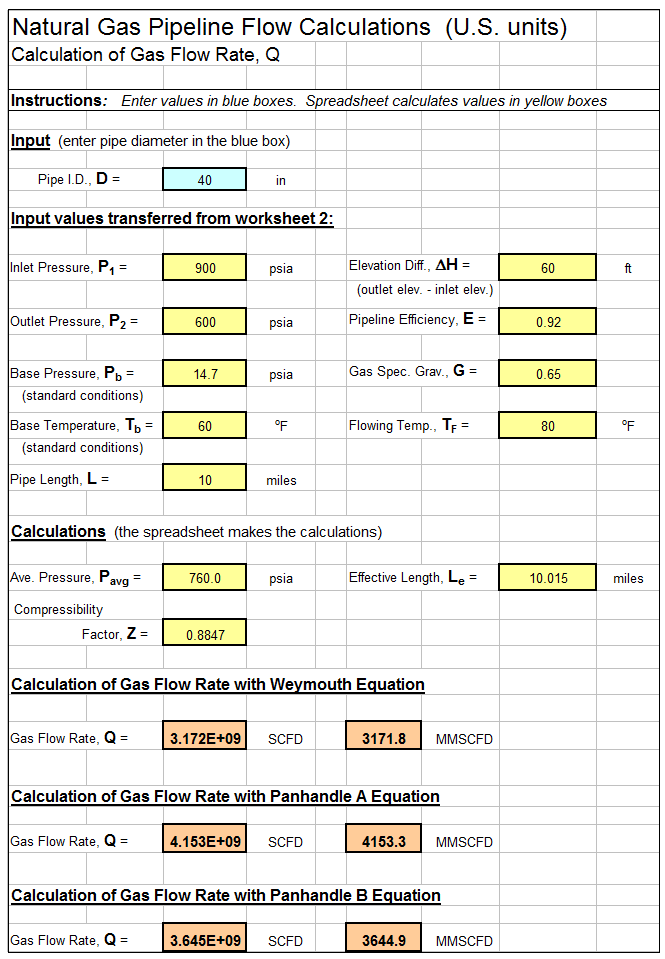Where to Find a Partially Full Pipe Flow Viscous Liquid Spreadsheet
To obtain a Partially Full Pipe Flow Viscous Liquid Spreadsheet, click here to visit our spreadsheet store. This Excel spreadsheet is intended for calculating the flow rate. required diameter, depth of flow, or pipe slope for partially full flow of a viscous liquid in a circular pipe . You can buy a convenient partially full pipe flow viscous liquid spreadsheet for a very reasonable price. It is available in either U.S. units or S.I. units. Read on for background information about a partially full pipe flow viscous liquid spreadsheet
Background for a Partially Full Pipe Flow Viscous Liquid Spreadsheet
For information about making calculations for partially full flow of water in a circular pipe, see the post, Partially Full Pipe Flow Calculations Spreadsheet . That post describes the use of the Manning Equation, which can only be used for the flow of water. For flow of a liquid with viscosity and/or density different from water, the Darcy-Weisbach Equation should be used. The parameters and equations for calculating them for partially full pipe flow are shown in the diagram below for flow at a depth greater than the pipe diameter.
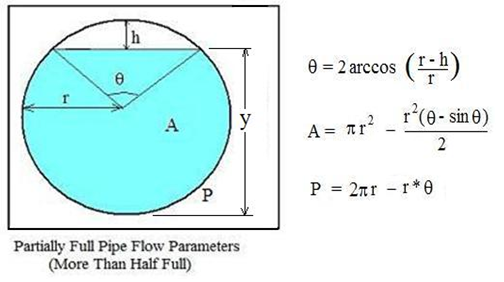 Figure 1. Parameters and Equations for More Than Half Full Flow
Figure 1. Parameters and Equations for More Than Half Full Flow
The definition of hydraulic radius and the Darcy-Weisbach equation as applied to partially full pipe flow are shown below.
Example Partially Full Pipe Flow Viscous Liquid Spreadsheet
An example partially full pipe flow viscous liquid spreadsheet is partially shown in the image below. . This Excel spreadsheet can be used to calculate the pipe flow rate, required diameter, depth of flow or pipe slope for partially full pipe flow of a viscous liquid. This Excel spreadsheet, as well as others for pipe flow and open channel flow calculations, is available in either U.S. or S.I. units for a very reasonable price in our spreadsheet store.
1. Bengtson, Harlan H., Uniform Open Channel Flow and The Manning Equation, an online, continuing education course for PDH credit.
2. Steel, E.W. & McGhee, T.J., Water Supply and Sewerage, 5th Ed., New York, McGraw-Hill Book Company, 1979
3. Bengtson, H.H., “Manning Equation Partially Filled Circular Pipes,” An online blog article
4. Bengtson, H.H., “Partially Full Pipe Flow Calculations with Spreadsheets“, available as an Amazon Kindle e-book and as a paperback.




